The smells of pan-fried bacon, fresh-cut scallions, and sautéing carrots and onions fill the air in a warehouse behind a car dealership in Petoskey, Michigan. Inside, Joe Van Alstine demonstrates how to cook walleye chowder.
The warehouse is also where citizens of the Little Traverse Bay Bands of Odawa Indians who participate in the Food Distribution Program on Indian Reservations (FDPIR) can pick up or shop for customized food packages (or they can have packages delivered) once a month. Through the Healthy Native Foods Project, Van Alstine—a regional FDPIR director and citizen of the Little Traverse Bay Bands of Odawa Indians—and his staff are finding innovative ways to increase demand for and take-up of healthy Native foods in FDPIR. They’ve created videos, cook books, and recipe cards showing ways to cook traditional Native foods, like walleye, included in program participants’ food packages.
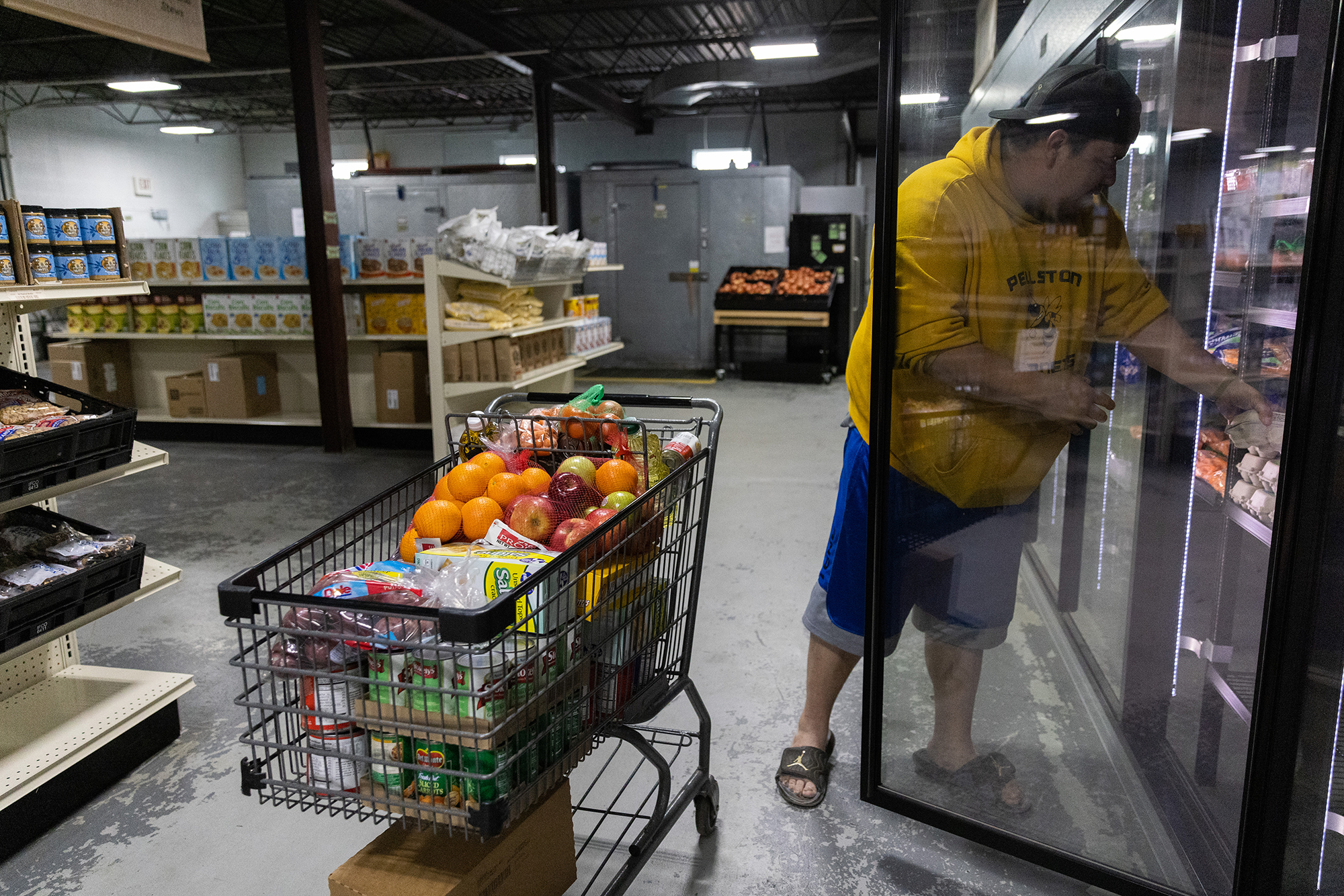
The videos and recipes are meant to help restore Native people’s food systems and cultures that were devastated by land theft, the forced removal of entire Indigenous nations, residential schools and cultural erasure, and other destructive federal policies. Those same policies entrenched food insecurity in tribal communities across the US; about one in five American Indians and Alaska Natives faced consistent food insecurity from 2010 to 2021, and they were more than twice as likely to be food insecure as white people.
FDPIR, a US Department of Agriculture (USDA) food assistance program that serves income-eligible tribal citizens and their families who live on or near reservations, is intended to help address food insecurity in tribal communities. But because of long-standing policies and practices that have undermined tribal sovereignty, FDIPR has traditionally distributed nutrient-poor foods. Those foods have contributed to poor health outcomes among Native populations, such as lower life expectancies and higher rates of chronic illnesses like diabetes.
Though FDPIR has started distributing traditional Native foods because of self-determination contracts (also called 638 contracts), it hasn’t historically prioritized providing tribal nations with foods specific to their cultures, regions, and diets. As a result, the program failed to address two values central to Native Americans’ food traditions: sovereignty and cultural connection.
In Michigan, the Healthy Native Foods Project, funded by the Walmart Foundation and overseen by the Inter-Tribal Council of Michigan, is helping fill these gaps by supporting four tribes’ ongoing efforts to regain autonomy over their food and restore citizens’ relationships to culinary traditions through FDPIR.
For the Little Traverse Bay Bands of Odawa Indians, one of the four participating tribes, the project complements efforts to customize its FDPIR food packages to include foods that are culturally significant to its citizens. The project supported the Inter-Tribal Council of Michigan and tribal grantees in developing cooking videos and written recipes that show FDPIR participants ways to cook healthy, traditional meals and reconnect with their cultures using their food packages.
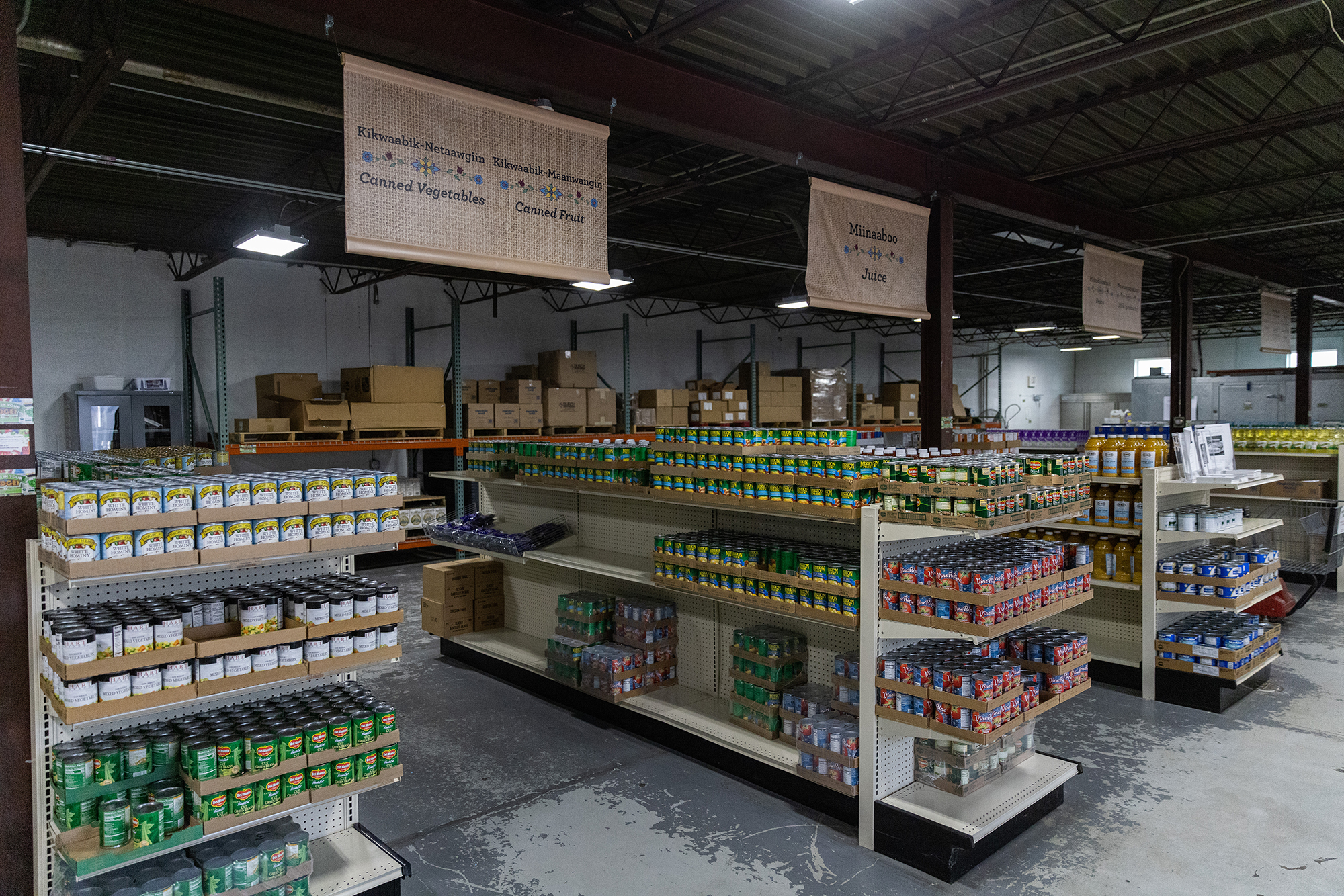
The Little Traverse Bay Bands of Odawa Indians’ experiences with the project demonstrate that when tribal nations have sovereignty over their food systems and can provide their community members with culturally relevant food, citizens’ food access, health, and connections to their culture can improve.
FDPIR contributes to food access and sovereignty challenges—and solutions
For tribal nations in the US, food is intertwined with sovereignty. And food sovereignty is about more than self-governance and control; it’s also about reclaiming and strengthening Indigenous people’s autonomy in the food system and restoring connections among the land, the people who tend to the land, and those who eat what the land and its stewards provide.
FDPIR has not always supported food sovereignty. Built on a legacy of colonialism between the federal government and tribal nations, the program is part of a long history of disinvestment, erasure, and other forms of systemic oppression that has not only eroded food sovereignty and traditions but created new challenges like food insecurity, inadequate access to healthy foods, and associated chronic illnesses for tribal nations.
Native Americans have found ways to thrive despite these structural disadvantages for centuries, and the Healthy Native Foods Project—implemented by and for Native Americans—helps further those efforts by supporting tribes as they work to regain food sovereignty.
“They did their best to take all of that stuff away from us, that cultural knowledge and the foods and the way we prepared them,” Van Alstine said. The Healthy Native Foods Project is about “bringing the traditional foods back and reintroducing these tastes to ourselves and our family members and our community,” he added.
For the Little Traverse Bay Bands of Odawa Indians, or Waganakising Odawa in the tribe’s original language, Anishinaabemowin, the project complements work to incorporate in FDPIR food packages foods like blueberries, strawberries, and fish that are native to the tribe’s homelands along the northwestern coast of Michigan’s Lower Peninsula.
FDPIR, which reaches 276 of the 574 federally recognized tribes in the US, ships domestically sourced foods to Indian Tribal Organizations and state agencies that administer the program and facilitate food package delivery and pickup for participants. But historically, the food FDPIR provides has not been tailored to tribes’ diverse cultures and diets.
Though the program has started providing Native food options, USDA rules require that the program distribute the same foods nationwide. As a result, the 276 participating tribal nations—each with its own unique traditional foods, culture, and diet—have all been forced to eat the same foods, effectively erasing their rich, distinct food histories.
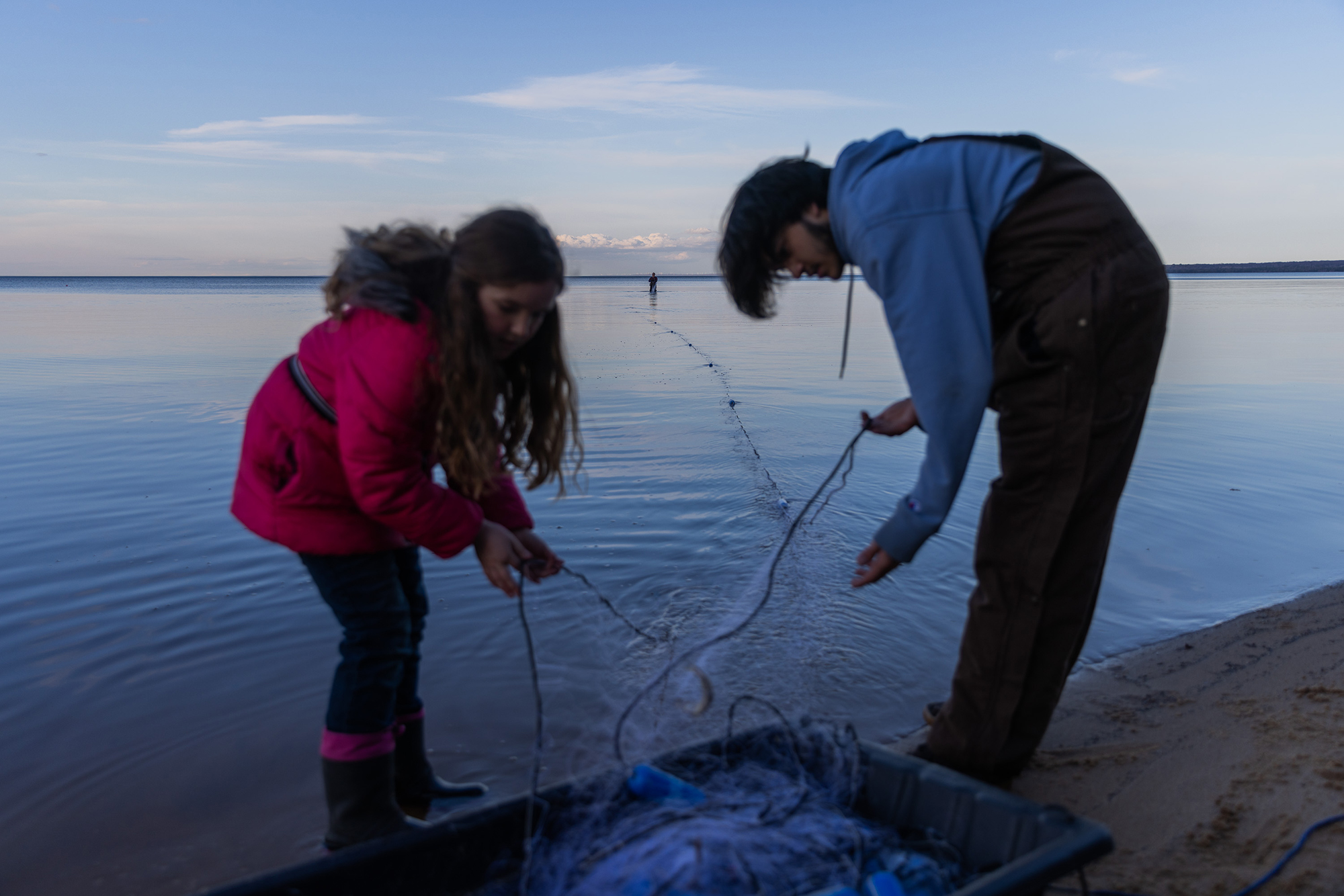
When the USDA first started distributing Native foods, it provided bison and wild rice to all FDPIR-participating tribes. Those are traditional foods for some tribes, like those in the Great Plains and Canadian Prairies. But, according to Van Alstine, when given to certain Navajo tribes, for example, they’re both culturally and functionally meaningless; wild rice is not a traditional food for the Navajo and, more importantly, its citizens may lack access to running water necessary for cooking rice.
Despite challenges with the program, many tribal citizens rely on FDPIR to feed themselves and their families. Tribal nations are innovating to ensure the program enhances—not hampers—efforts to improve tribal citizens’ food access and health, food sovereignty, and cultural connections and ultimately better serves all participating tribes.
“There are people that are doing work to make [FDPIR] better,” Van Alstine said. “Please recognize us and don't discount us, because there are people that still need this food throughout the reservations and the country altogether.”
Successful innovations in FDPIR center sovereignty, food traditions, and health
The walleye in walleye chowder is a freshwater fish and traditional food for the Anishinaabe, a group of culturally related Indigenous people living near the Great Lakes in Canada and the US. One of those groups is the Odawa, of which the Little Traverse Bay Bands of Odawa Indians is a part. Because of a self-determination contract (or 638 contract), the Little Traverse Bay Bands of Odawa Indians can provide traditional foods like walleye to the 250 of its citizens (out of about 4,000 total) who participate in FDPIR.
638 contracts are part of a USDA demonstration project authorized in the 2018 Farm Bill. The project allows selected tribes participating in FDPIR to enter into their own contracts with eligible vendors of their choosing to source and provide culturally relevant food through FDPIR. As one of the first eight tribes to pilot the project, the Little Traverse Bay Bands of Odawa Indians selected and contracted with a walleye producer in another tribe.
To Van Alstine, “that's what sovereignty's about, being able to do it yourself and for yourself…. We know where we can go get [traditional] food. We know who's producing it to our style.”
Whereas 638 helps increase access to traditional foods in FDPIR, the cooking videos and recipes help participants reconnect with their culture and reap the greatest benefits from their food packages. Featuring traditional Anishinaabe meals and ingredients, the cooking videos and recipes range from simple and accessible to more extravagant, complex meals because, according to Van Alstine, “there are some people who eat to live, and some people who live to eat.”
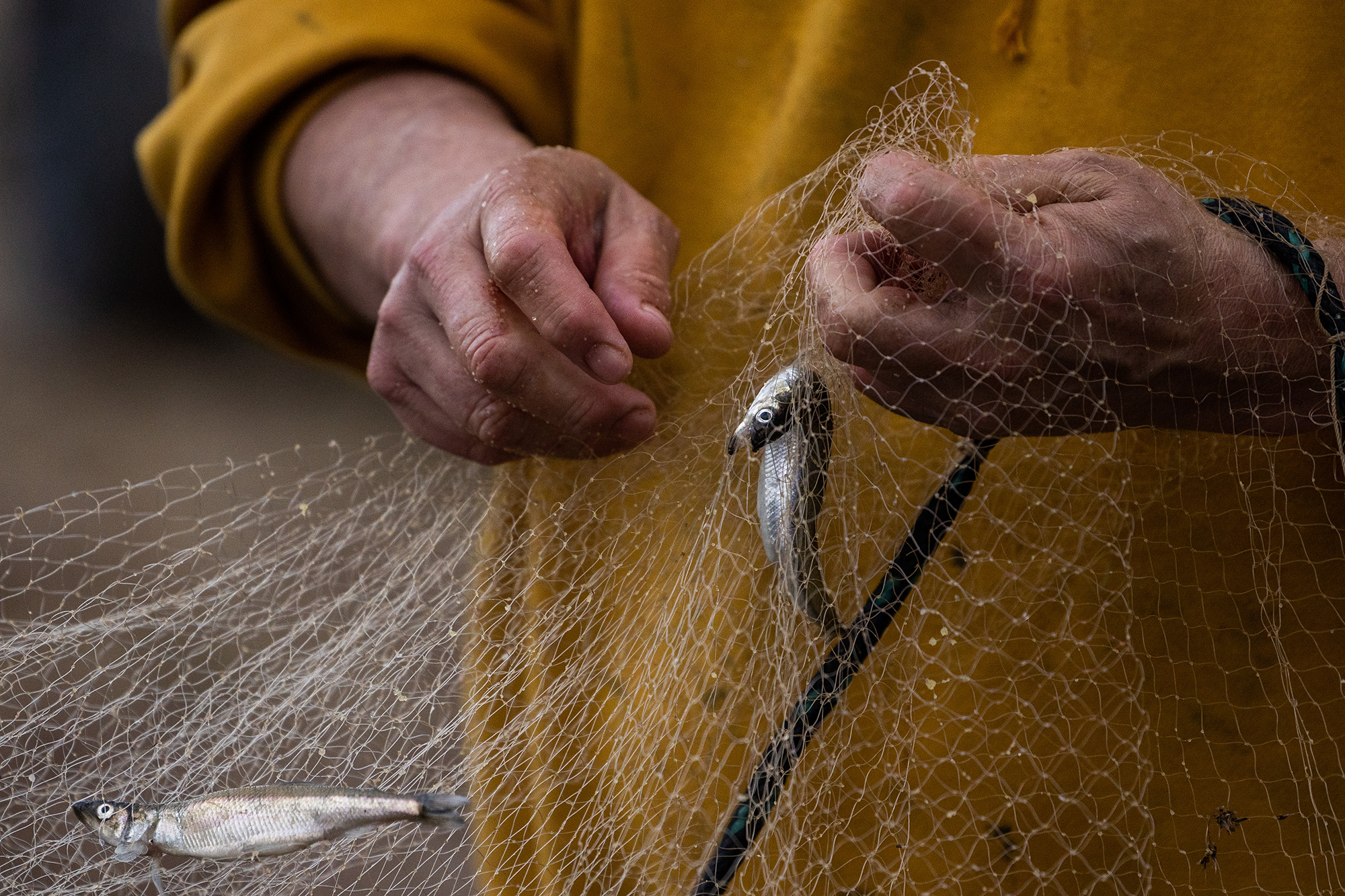
The cooking videos and recipes also include nutritional information, empowering citizens with dietary and cooking knowledge. This is essential given that Native populations face health disparities that stem from policies and practices that stripped them of their sacred lands; limited their capacity to hunt, fish, and gather traditional plants and animals; and severed cultural ties to the foods that nourished their ancestors for centuries. These settler-colonialist policies have led to inadequate nutrition and contribute to four of the leading causes of death (heart disease, cancer, cirrhosis, and diabetes) among Native Americans and Alaska Natives and to elevated rates of chronic illnesses like obesity and hypertension among this group.
But eating traditional Native foods has proven health benefits. Though tribal nations’ diets are highly diverse, they commonly include low-fat, high-protein whole foods that are essential to maintaining a healthy diet. Studies suggest that eating an ancestral diet can also help with controlling blood sugar levels and losing weight.
Combining the customization of FDPIR food packages through 638 contracts with improved food access and dietary and cultural education through recipes and cooking videos can have far-reaching benefits related to food sovereignty, cultural connection, and health for Indigenous communities.
Lessons from the Healthy Native Foods Project can help more tribes benefit from FDPIR
The benefits of sourcing and providing culturally significant foods in FDPIR—and sharing knowledge about those foods’ nutritional and historical value—extend far beyond improving food access and quality and enhancing tribal citizens’ relationships to their culture.
Through its 638 contract and cooking videos, the Little Traverse Bay Bands of Odawa Indians has shown that one of those major benefits is supporting local economies and food systems. By allowing FDPIR-participating tribes to choose foods for their food packages and the vendors who provide them, 638 contracts help generate demand for Native foods and stimulate tribal and regional economies.
In Anishinaabemowin, Odawa means “trader.” So the Little Traverse Bay Bands of Odawa Indians’ work with other tribes to obtain and distribute Native foods in FDPIR mirrors the traditional Odawa profession. With the 638 contracts, “we want to make sure that we support tribal people,” Van Alstine said. “Instead of ‘buy American,’ it's ‘buy Native American.’”
The cooking videos not only increase knowledge about and connection to Native foods among tribal citizens, but they also help increase demand for those foods. Having tribal and regional farms and other vendors meet that demand can enhance the sustainability of Native food systems and protect against supply chain disruptions—which were a significant challenge during the COVID-19 pandemic.
If informed by and implemented with tribal citizens, several policy actions could help ensure more tribes can access the cultural, dietary, and self-sustaining benefits of food sovereignty in FDPIR. Congress could expand the availability of 638 contracts in the upcoming Farm Bill to allow more tribes to source foods from local businesses owned and operated by Native Americans, increase FDPIR funding for purchasing traditional foods, and explore other changes to FDPIR that could give Native people greater power over the program intended to serve them.
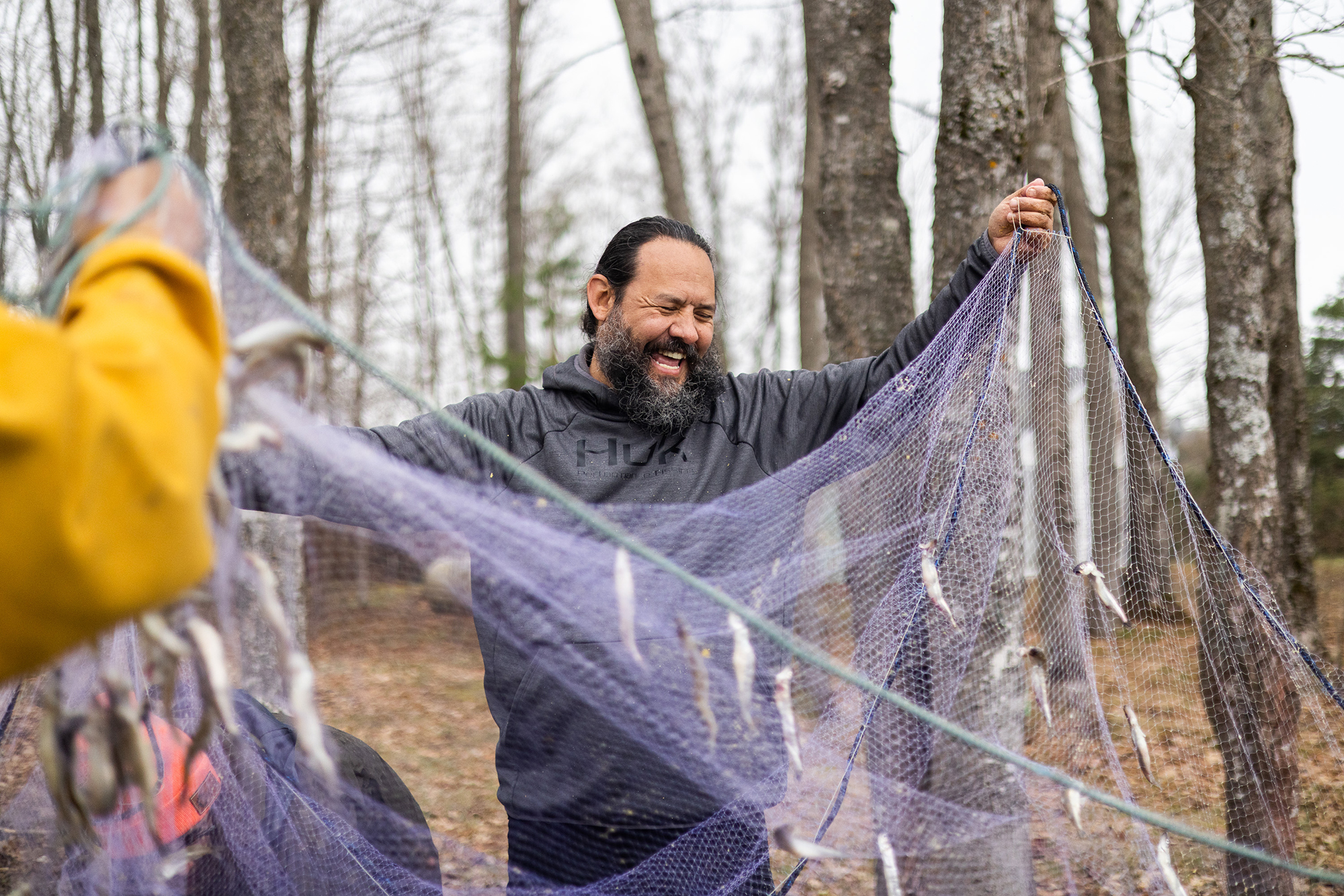
Policies that bolster FDPIR benefits would also be beneficial. Many Native Americans participate in FDPIR because of limited grocery store access, high food costs, and other challenges that make it difficult for them to access the nation’s primary food access program, the Supplemental Nutrition Assistance Program (SNAP). But FDPIR and SNAP benefits are not equal; whereas the USDA spends about $1.90 in food costs per day per FDPIR participant, it spends $4.00 per day per SNAP participant. In addition, FDPIR participants must choose between using SNAP and FDPIR in a given month, unlike other SNAP participants, who can receive SNAP benefits and food from The Emergency Food Assistance Program over the same period. Policies that increase FDPIR benefit levels and allow FDPIR participants to participate in FDPIR and SNAP simultaneously could help ensure equitable access to healthy foods for Native people.
The Little Traverse Bay Bands of Odawa Indians’ mission statement starts with, “Debendiziwin aawan maanda Odawa aawiyiing,” or “Being Odawa is all about freedom.” And its experiences with the Healthy Native Foods Project and 638 contract show the benefits of tribal nations having the freedom to choose who and what nourishes their people.
Someday Van Alstine hopes to contract with the tribe’s own existing farm to source traditional foods for FDPIR, “so that when our tribal citizens come [for food pickup], they can look and say, ‘We're supporting ourselves; we're doing this.’”
ABOUT
Throughout this piece, we use the names of specific tribal nations where possible. When speaking broadly about multiple tribes, we use the terms “Native Americans” and “Indigenous” or “Native” people. We recognize that Native Americans are not monolithic, and that these terms—which colonizers created—will not resonate with all tribal citizens. We remain committed to using language that acknowledges and respects the preferences of Native people as well as tribal nations’ sovereignty and rich diversity in language, culture, history, and traditions.
PROJECT CREDITS
This story is part of a healthy food access project funded by the Walmart Foundation. We are grateful to them and to all our funders, who make it possible for Urban to advance its mission. The views expressed are those of the authors and should not be attributed to the Walmart Foundation or the Urban Institute, its trustees, or its funders. Funders do not determine research findings or the insights and recommendations of our experts.
We thank Cathy Edgerly, formerly at the Inter-Tribal Council of Michigan; Tasha Kelley-Stiles and Shannon Laing at the Michigan Public Health Institute; Kristine L. Schwiderson, FDPIR director for the Bay Mills Indian Community; Elizabeth Leffler, community health outreach supervisor for the Pokagon Band of Potawatomi; Charla Gordon, registered dietician; Joe Van Alstine, regional FDPIR director for the Little Traverse Bay Bands of Odawa Indians; and all the participants who shared their deeply important work and efforts and much-needed insights.
RESEARCH Kassandra Martinchek, Julio Salas, Poonam Gupta, and Sofia Hinojosa
DESIGN Rhiannon Newman
EDITING Alex Dallman
PHOTOGRAPHY Jaida Grey Eagle (www.jaidagreyeagle.com)
PRODUCTION Jerry Ta
WRITING Rachel Kenney
See our project page to learn more about innovative healthy food access projects happening across the US. Visit the Inter-Tribal Council of Michigan’s website to explore the cooking videos and recipes.